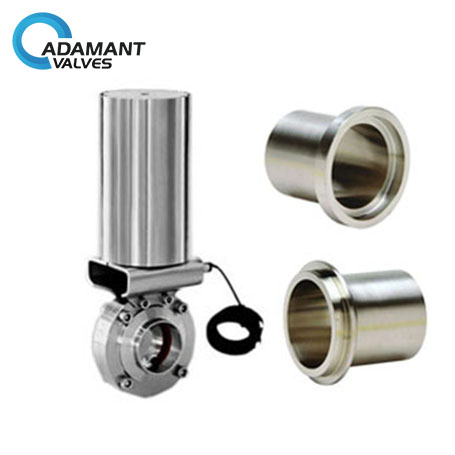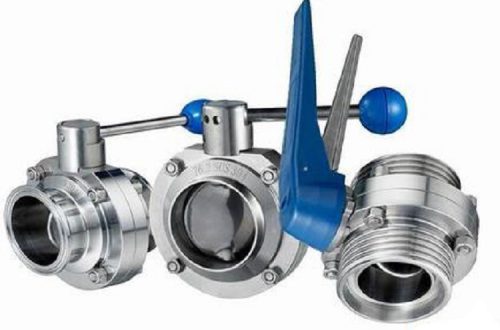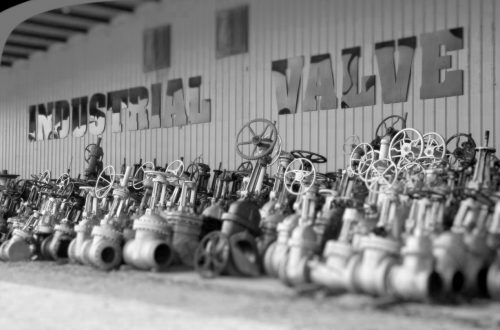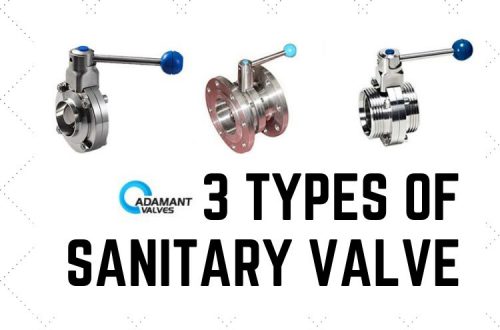1. The pneumatic butterfly valve should be kept clean during use, and the transmission threads must be regularly lubricated. When a fault is found, it should be stopped immediately to find out the cause and clear the fault.
2. Packing gland bolts should be evenly tightened, and should not be crooked, so as to avoid injury to prevent stem movement or cause leakage.
3. During installation, the valve can be directly installed on the pipeline according to the connection method. Under normal circumstances, it can be installed at any position in the pipeline, but it needs to be easily accessible for maintenance. Note that the medium flow of the shut-off valve should flow upward from the vertical valve disc.
4. When the pneumatic butterfly valve is used, the valve stem is only fully open or fully closed. It cannot be used to adjust the flow rate, otherwise its sealing surface will be eroded and accelerate wear.
5. Pneumatic butterfly valve should use handwheel when opening and closing. Do not use lever or other tools to avoid damaging the valve. Turn the handwheel clockwise to turn it off and turn it counterclockwise to turn it on.
6. Before installation, it is necessary to carefully check the pressure marked on the valve, whether the diameter meets the requirements for use, to eliminate defects caused during transportation, and to remove dirt from the valve.
7. Valves that have been stored for a long time should be inspected regularly. The exposed surfaces must be kept clean and clear of dirt. When storing the pneumatic butterfly valve, both ends of the channel should be blocked and closed. Store them neatly in a ventilated and dry place indoors. Do not stack or store in the open.
Explanation of related terms in this article
Butterfly valve: A butterfly valve is a valve that isolates or regulates the flow of a fluid. The closing mechanism is a disk that rotates. In operation, the valve is fully open or closed when the disc is rotated a quarter turn. The “butterfly” is a metal disc mounted on a rod. When the valve is closed, the disc is turned so that it completely blocks off the passageway. When the valve is fully open, the disc is rotated a quarter turn so that it allows an almost unrestricted passage of the fluid. The valve may also be opened incrementally to throttle flow.
Pneumatics: Pneumatics is a branch of engineering that makes use of gas or pressurized air. Pneumatic systems used in industry are commonly powered by compressed air or compressed inert gases. A centrally located and electrically powered compressor powers cylinders, air motors, and other pneumatic devices. A pneumatic system controlled through manual or automatic solenoid valves is selected when it provides a lower cost, more flexible, or safer alternative to electric motors and actuators.
For more information, please visit https://www.adamantvalves.com/.





